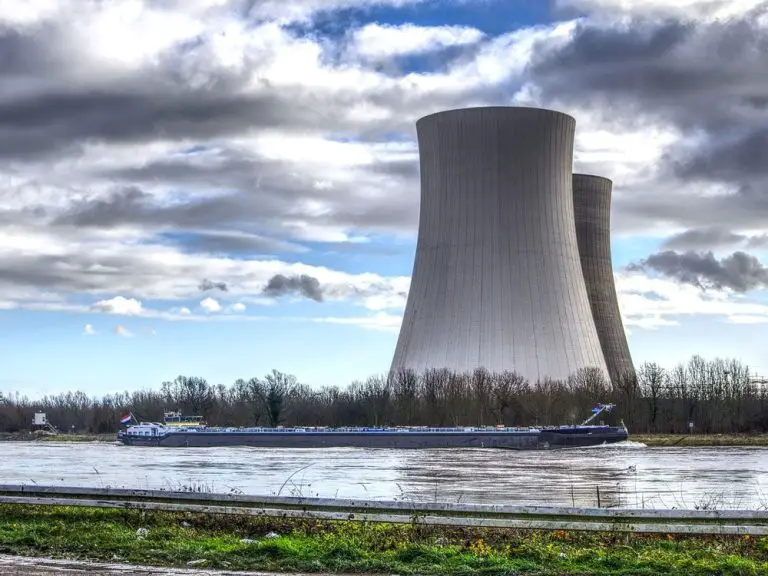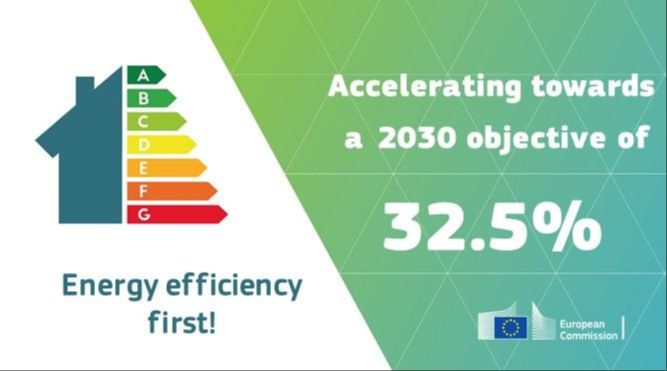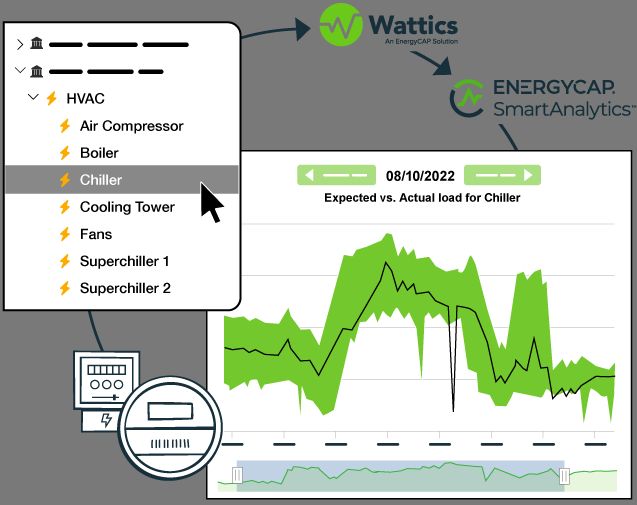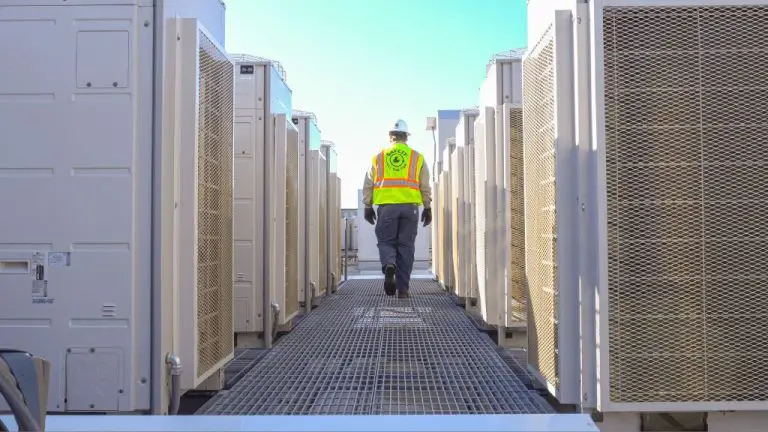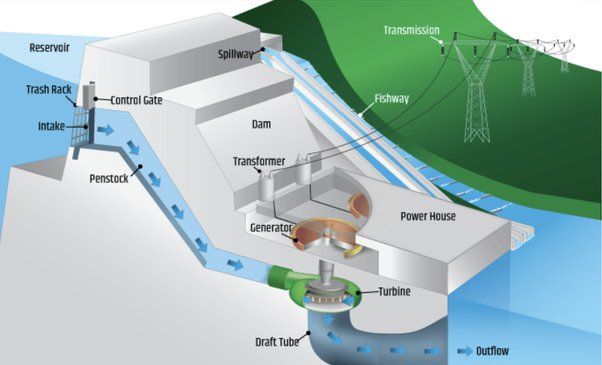How Can I Get Free Electricity To Run My House?
Introducing the concept of free home electricity
The idea of generating your own electricity for free and getting off the grid is very appealing for many homeowners. Not having an electricity bill each month can mean big savings, and relying on renewable sources like the sun and wind aligns with environmental values.
However, creating your own home electricity system requires significant upfront investment in equipment like solar panels or wind turbines. There is also regular maintenance and the issue of having battery storage to provide power when the sun isn’t shining or wind isn’t blowing. So while renewable energy sources are free themselves, there are still real costs to harness them.
That said, with solar and battery technology improving and prices coming down, getting electricity from renewables is becoming more affordable every year. With the right conditions and effort, it may be possible to produce most or even all of your home’s electricity for free through renewable sources.
Solar Panels
Solar panels, also known as photovoltaic (PV) panels, convert sunlight into electricity that can power your home. They work by absorbing photons from sunlight and using semiconducting materials like silicon to convert the photons into an electric current. This direct current (DC) electricity is fed into an inverter which converts it into alternating current (AC) that can be used to power appliances and lights.
There are a few variables that impact the amount of electricity a solar PV system can generate:
- System size – Measured in kilowatts (kW), larger systems will produce more electricity.
- Panel efficiency – More efficient panels will squeeze more electricity out of the same amount of sunlight.
- Sun exposure – More sunlight equals more electricity, so solar potential depends on geographic location and panel positioning.
- Weather and seasons – Solar output fluctuates based on cloud coverage and the sun’s changing path throughout the year.
A typical 5 kW solar system may cost $15,000-$25,000 to purchase and install before incentives. Many homeowners are eligible for federal and/or state tax credits, rebates, and other incentives that can reduce the upfront cost by 50% or more. Electricity bills can be slashed by 50-100% for a home powered by solar, providing years of free sunlight.
The key considerations are upfront system costs, available incentives, long-term electricity savings, and having a suitable roof with proper solar exposure. With the right conditions, solar PV can provide free renewable electricity for decades.
Home Wind Turbines
Small wind turbines can be installed on residential properties to harness wind energy and convert it into electricity. This works by using blades that are rotated by the wind, which then turns an internal shaft connected to a generator to produce electricity.
For residential settings, wind turbines are usually mounted on towers ranging from 30-140 feet tall. The higher it is elevated, the more wind exposure and potential energy it can generate. The size of the blades also correlates with energy production, with diameters typically 5-10 feet for small home turbines.
There are pros and cons to consider for home wind turbines. The main benefits are generating renewable electricity and reducing utility bills. The electricity production can potentially offset 50-100% of a household’s electricity usage if there is consistent wind in the area. The cost to install a 5 kW turbine runs $15,000-$50,000 depending on the tower height, permitting fees, and if batteries are included for storage.
The limitations involve inconsistency of wind, access to sufficient wind flow if in a crowded area, noise pollution, permitting requirements, and upfront costs. Maintenance is also required to keep the system running properly. Overall, wind turbines are a possible free electricity option for rural homes with ample wind exposure, but may not be feasible for suburban homes or apartments.
Micro-hydropower
Micro-hydropower systems use the energy of flowing water from a river or stream to generate electricity. They operate much like regular hydropower dams, just on a smaller, individual-home scale. For a home micro-hydropower system, a turbine or water wheel is placed in a flowing river or stream near your home. The moving water spins the turbine, which activates a generator to produce electricity. The electricity can then be conditioned, stored, and distributed for use in your home.
To effectively generate electricity, the river or stream needs to have a minimum flow rate, usually at least 2-3 feet per second. The amount of electricity produced depends on the vertical drop and flow rate of the water. A higher flow and more vertical drop will generate more electricity. The generator and turbine should be properly matched to the site’s natural head (vertical drop) and flow rate.
Micro-hydropower systems require relatively little maintenance since they use the constant flow of the river or stream to generate electricity. They can provide clean, renewable electricity for off-grid homes near suitable river resources. However, feasibility depends on having the proper site conditions and flow rates. Permits may also be needed for building a system if connecting to a natural waterway.
A Geothermal Option to Heat and Power Your Home
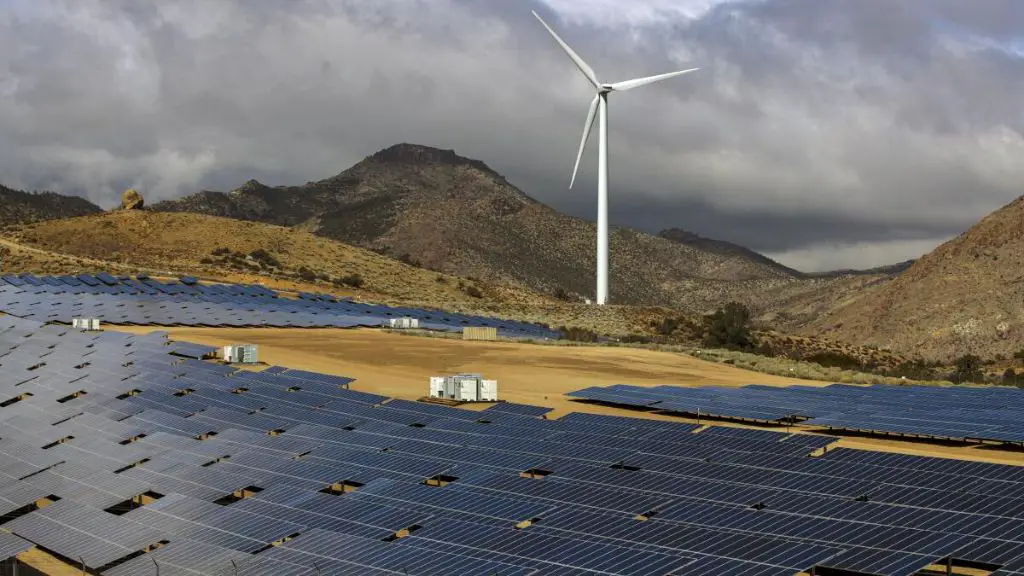
Geothermal heat pump systems utilize underground temperatures to provide heating, cooling, and even electricity for your home. These systems take advantage of the constant 50-60°F temperatures found just a few feet below the earth’s surface.
A geothermal heat pump works by circulating water or anti-freeze solution through pipes buried underground. The fluid absorbs heat from the earth in winter and cools the earth in summer as it passes this temperature-regulated liquid to your home’s HVAC system. The geothermal heat pump unit uses a small amount of electricity to power a compressor and fan that concentrates the earth’s thermal energy and pumps it into your home’s ductwork.
Some geothermal heat pump systems are designed to also generate electricity. They use a reverse refrigeration cycle to produce power from the excess heat. Any surplus electricity can be used to power your home, essentially providing free energy once the system installation is paid for.
Installing a geothermal electricity system for your home costs $20,000-$30,000 on average. However, new geothermal electricity rigs can produce 5-10 kW of extremely cheap power. And geothermal heat pumps can reduce your home heating and cooling bills by 40-60%. Overall, geothermal systems offer a way to tap into the free and readily available heat below the ground.
Biofuel generators
Generating electricity from biofuels is one way to potentially get free electricity to run your home. Biofuels like biodiesel, ethanol, and biogas can be used to fuel generators that produce electricity. Some key points about biofuel generators:
– Fuel can be sourced for free in some cases – for example, producing biodiesel from used cooking oil or biogas from agricultural waste products or animal manure. This requires setting up your own production operation.
– Purchasing biofuels can be expensive compared to fossil fuels. Prices fluctuate and supply can be limited in some regions.
– Generator systems designed for biofuels tend to cost more than traditional gas/diesel generators. The fuel also may require more maintenance of the generator.
– A permit may be required to produce your own biofuels depending on local laws. There are safety considerations as well.
– Output is not necessarily “free” as there are costs involved in procuring fuel, system maintenance, etc. But biofuel production and generators may provide cheaper energy than grid electricity.
– Assess if you can realistically produce enough biofuel onsite to meet your electricity needs before investing in generators.
With some ingenuity and effort, biofuels can be a renewable, independent energy source for rural properties. But consider the startup and operating costs involved before assuming the electricity is “free”.
Connecting to the grid
For some homesteaders, connecting to the main electrical grid may provide a path to free or nearly free electricity. If your local utility offers a grid-tied net metering program, you can install a renewable energy system like rooftop solar panels or small wind turbines and sell excess electricity back to the utility.
With net metering, your meter runs backwards when your system produces more power than you use, giving you a credit with the utility. At night or on cloudy days when your system produces less power than you consume, you can use those credits to offset the electricity drawn from the grid.
While appealing in concept, there are some legal and logistical challenges to consider with this approach. You’ll need to research the net metering policies in your area, as regulations differ across states. There may be limits on system size or total enrollment. Interconnection requirements and fees can also make the upfront installation costs prohibitive.
Being reliant on the grid has its own drawbacks for off-grid homesteaders. Grid power outages will leave you without electricity unless you have an accompanying battery storage system and the ability to safely island from the grid. Plus any monthly access or standby fees from the utility will offset some of the potential savings.
Batteries and Storage
Renewable energy systems like solar panels and wind turbines often produce intermittent power based on weather conditions. Batteries and energy storage allow you to capture and store electricity when production is high for use when production is low. This helps balance your system and provides backup power if the grid goes down.
Home battery systems are available from companies like Tesla, LG, and Generac. Prices range from around $10,000-$20,000 for 10-20 kWh systems. Higher capacity batteries will cost more but allow you to store more energy. When sized properly, batteries can provide backup power for hours or even days.
Before installing batteries, determine your home’s energy storage needs. Factors include solar array size, energy use patterns, and desired backup capacity. Work with an installer to right-size your system. Also consider future electric vehicle charging needs which can increase storage requirements.
Batteries carry significant upfront costs but can provide energy resiliency and maximize self-consumption of solar power. Evaluate if the investment is worthwhile for your goals before installing an energy storage system.
Managing Energy Consumption
One of the most effective ways to reduce your electricity costs is to focus on using less energy overall. By improving the efficiency of your home and being mindful of your energy usage, you can significantly cut your electricity needs. Here are some tips for reducing your home’s energy consumption:
– Replace old appliances and electronics with ENERGY STAR certified models. These are designed to use far less electricity while performing the same functions. Prioritize replacing items that consume a lot of energy like refrigerators, washing machines, and air conditioners.
– Swap out all light bulbs for LEDs which use at least 75% less energy. Install dimmers, sensors, or timers on lights to further reduce waste.
– Improve insulation in walls, attics, basements to prevent heat or cooling loss. Seal air leaks around windows and doors.
– Adjust your thermostat to an efficient temperature. Turn it down in winter and up in summer, especially when not home. Use a programmable thermostat to automate temperature changes.
– Wash clothes in cold water cycles and allow clothes and dishes to air dry instead of running the dryer.
– Unplug devices and electronics when not in use to avoid phantom drain. Consider getting a smart power strip.
– Open windows instead of relying on fans or AC on milder days. Close window coverings to keep heat out in summer.
– Have an energy audit done to identify where your home is losing energy and how to improve efficiency.
By taking these steps to use less electricity overall, you can significantly reduce the amount of energy you need to generate or pull from the grid. This makes relying on free electricity sources more feasible.
Evaluating Feasibility
When evaluating options for getting free electricity to power your home, it’s important to look at the realistic expectations based on your individual circumstances. What works for one home may not be feasible for another based on location, climate, property size, local regulations, and other factors. Some key considerations when assessing feasibility include:
- Upfront costs – What is the cost to purchase and install the system? Do rebates or tax credits apply to offset costs?
- Energy needs – How much electricity does your household use? Size the system to match your usage.
- Site conditions – Is there adequate wind, sun exposure, flowing water, etc. to generate electricity on site?
- Grid connection – Can you connect a renewable system to sell excess power back to the utility?
- Permitting – What are the rules and permits required in your area?
- Maintenance – How much maintenance does the system require? Weigh expertise needed.
- Batteries – Storing excess power may require investing in a battery system.
By taking a close look at these factors, you can determine which options or combination of options are most realistic for generating free off-grid electricity or supplementing from the grid. What works for one homeowner may not pencil out for another. Setting reasonable expectations is key when exploring renewable energy.

